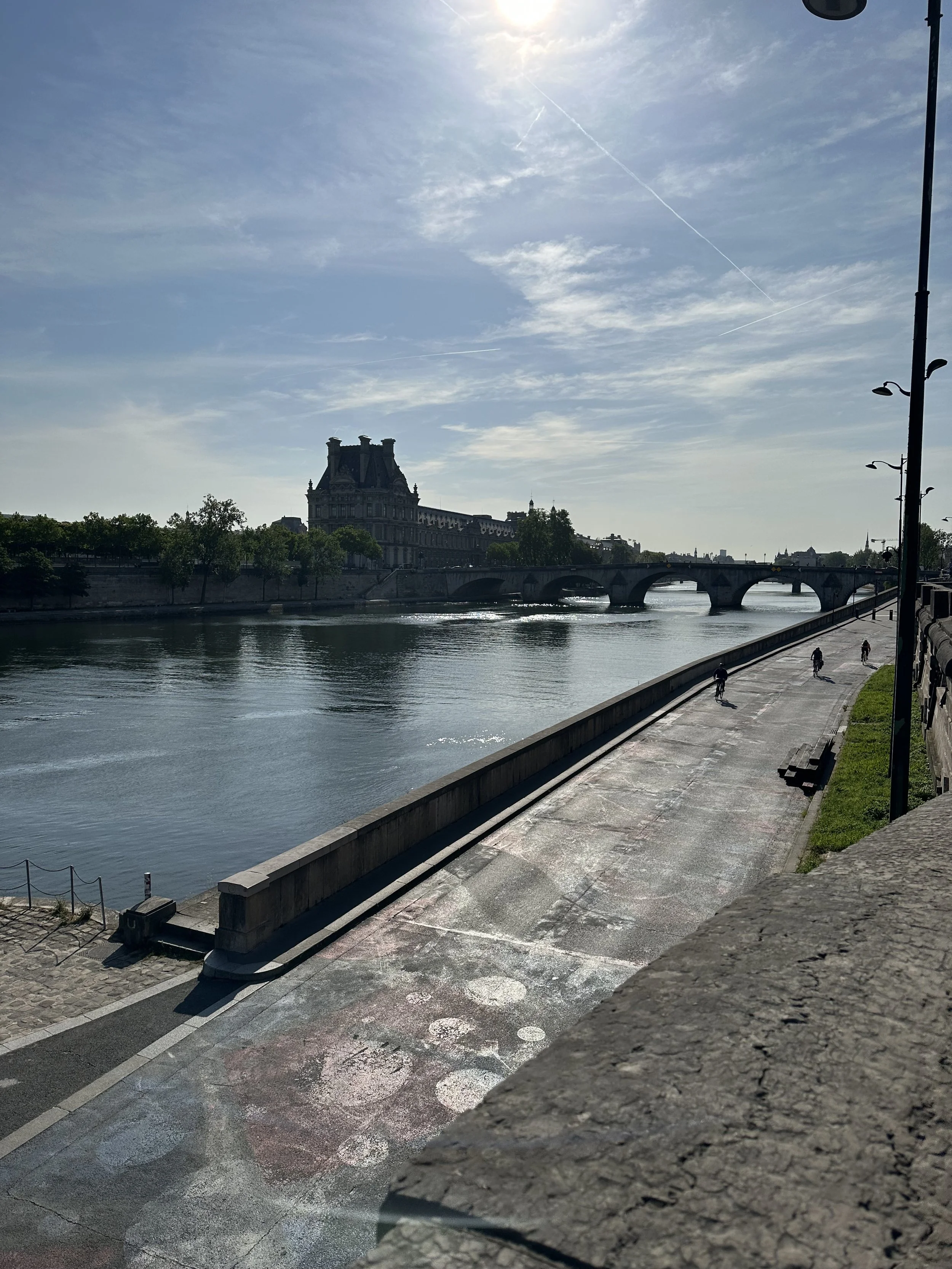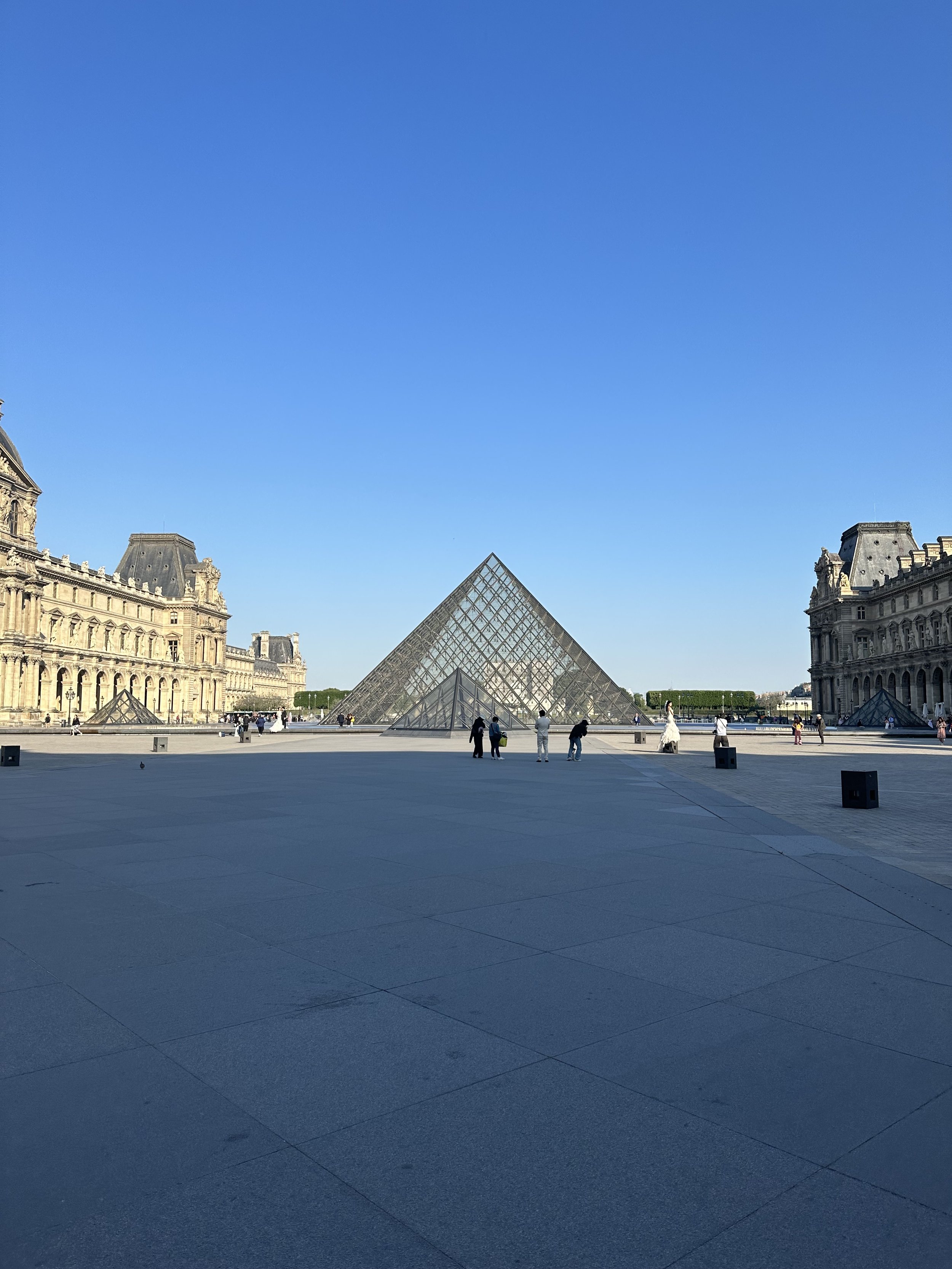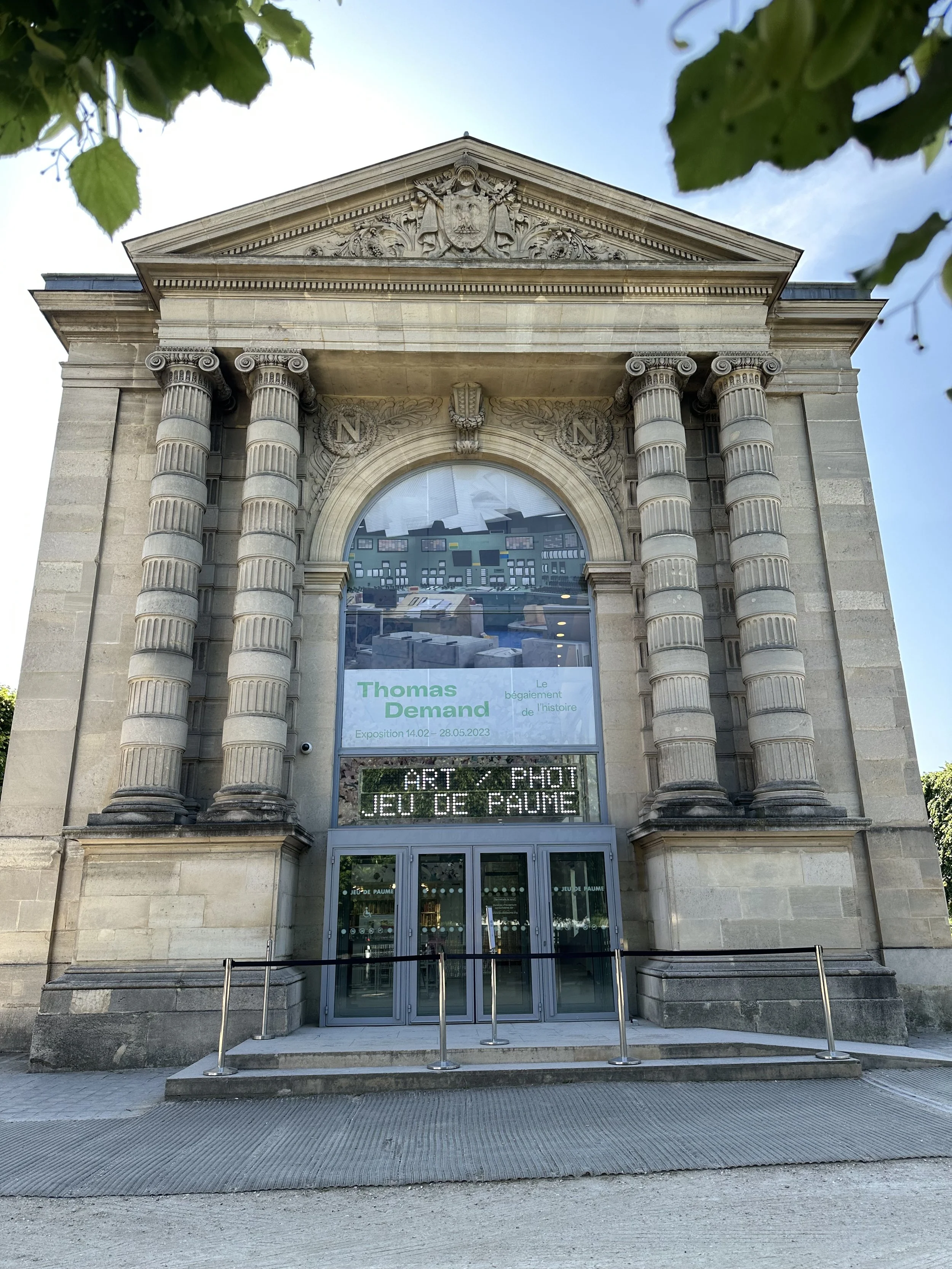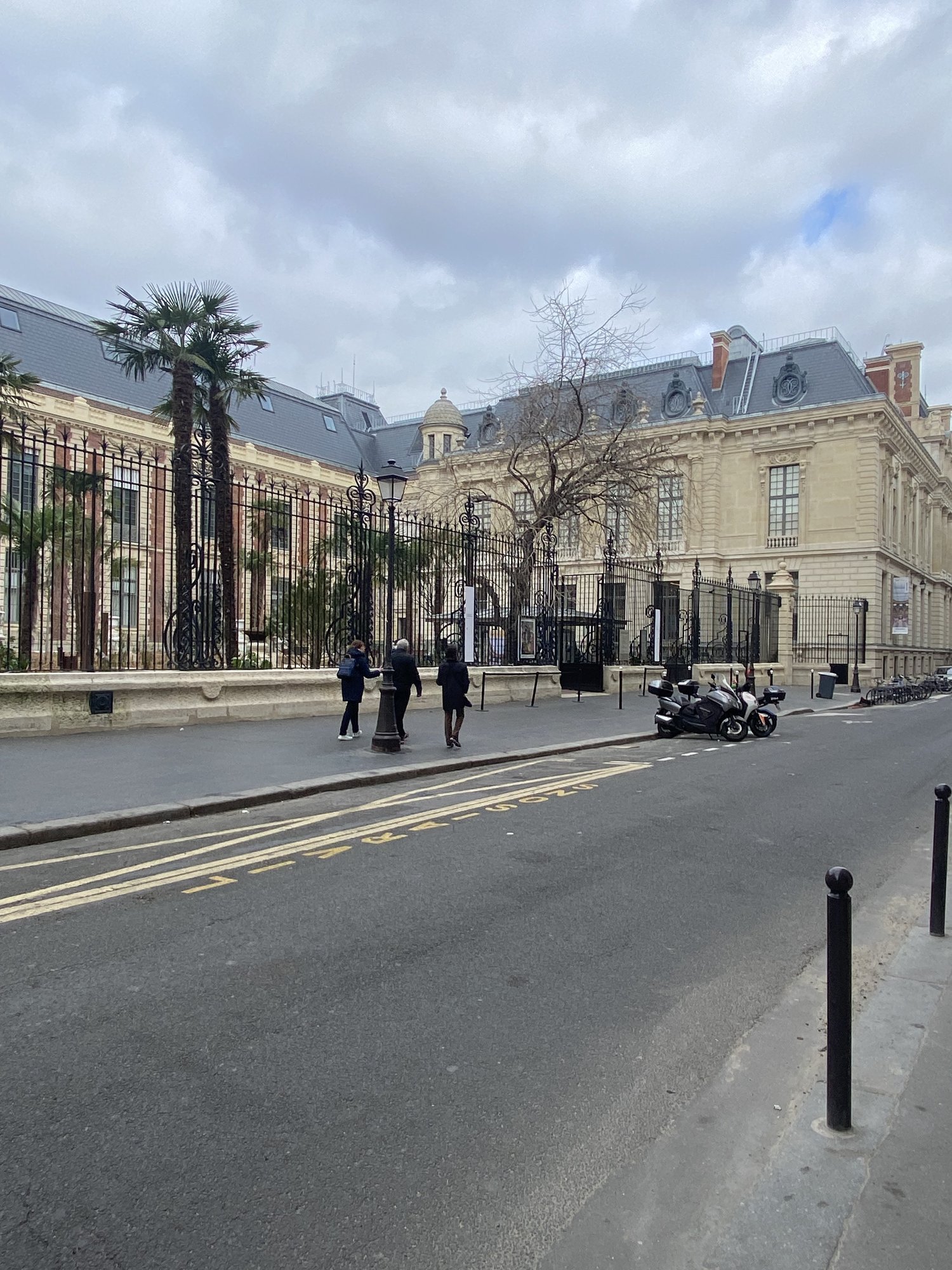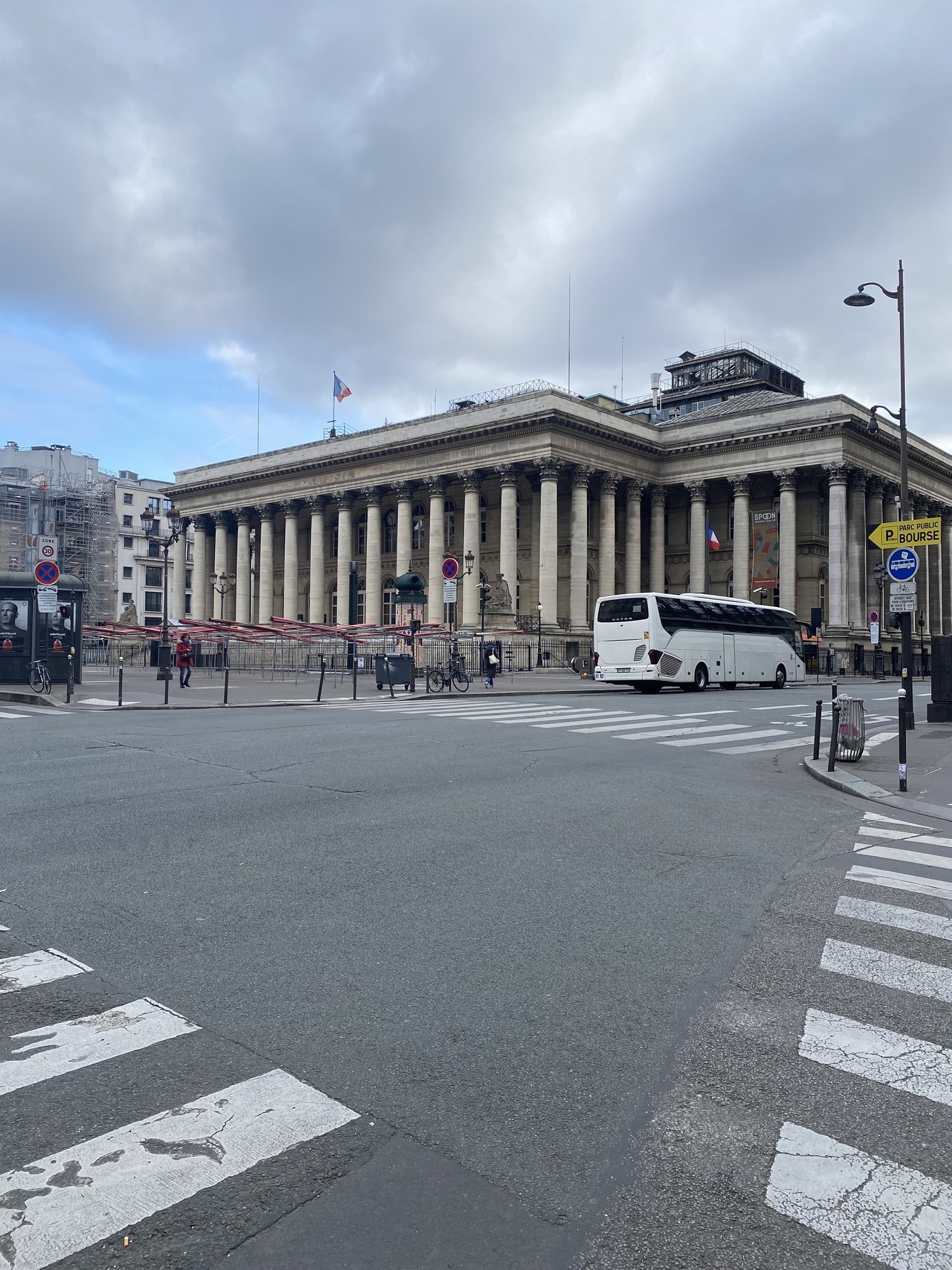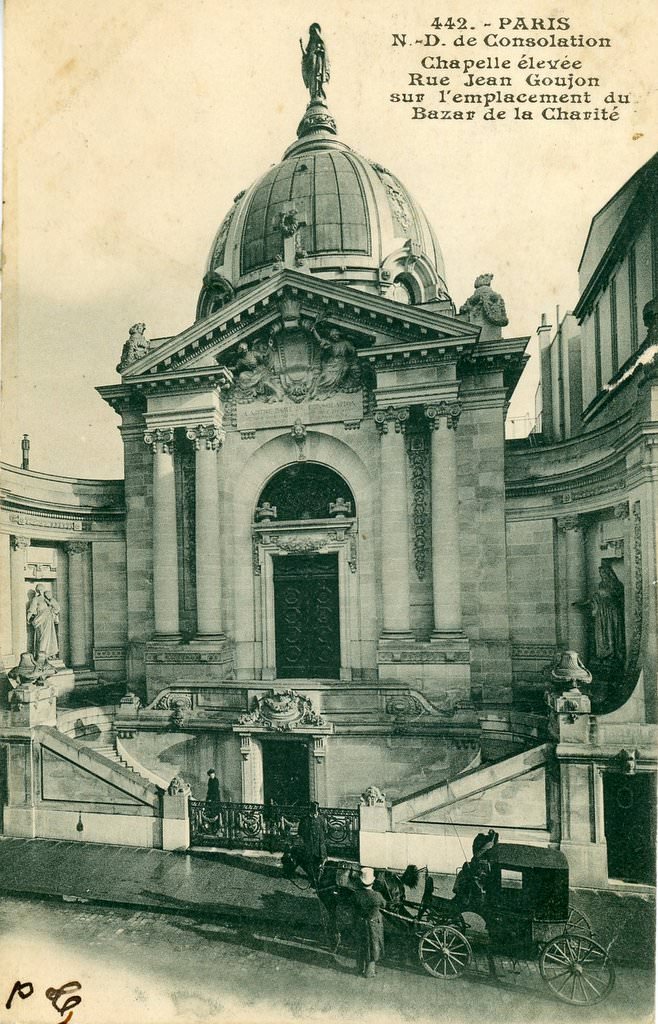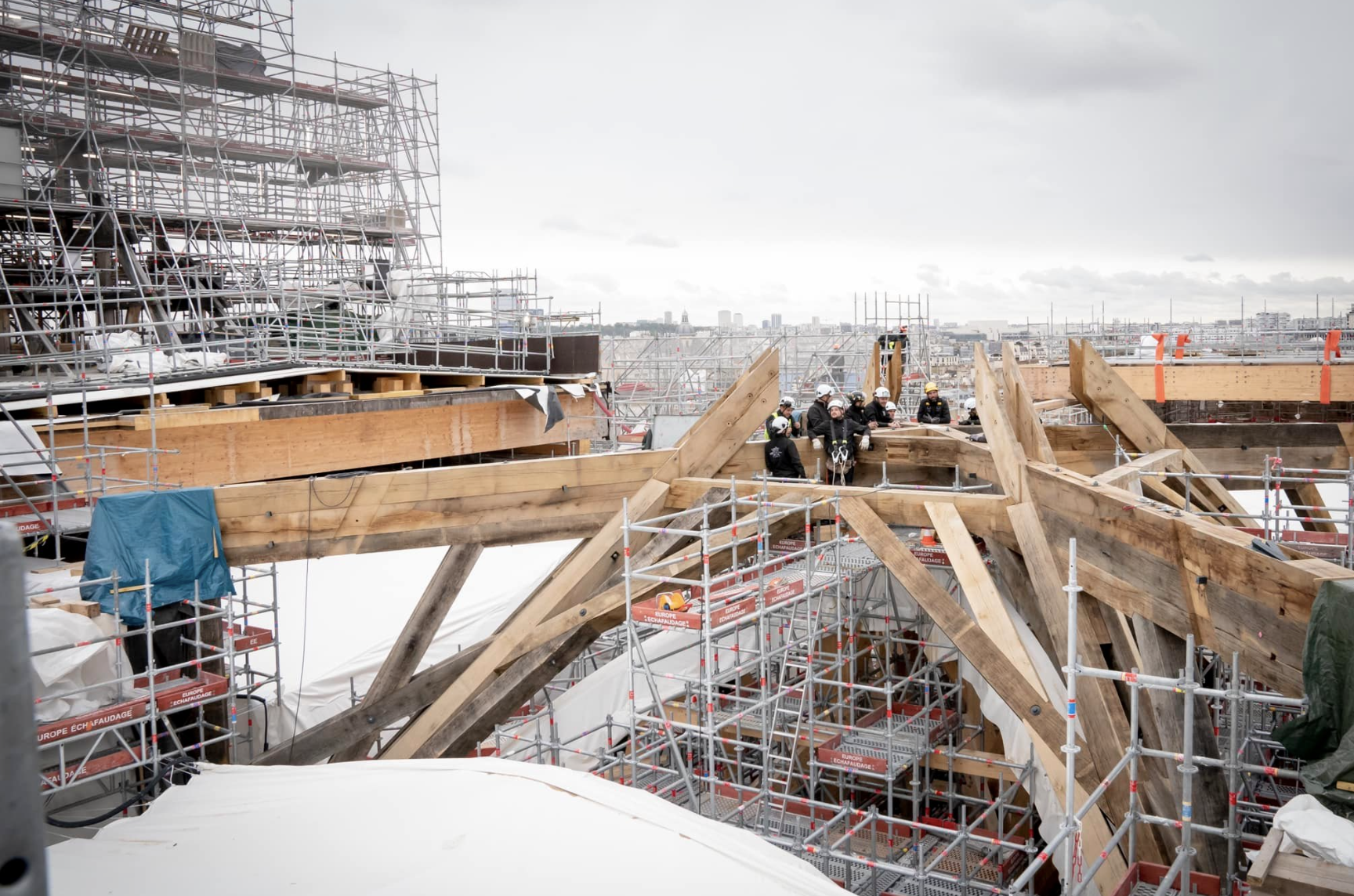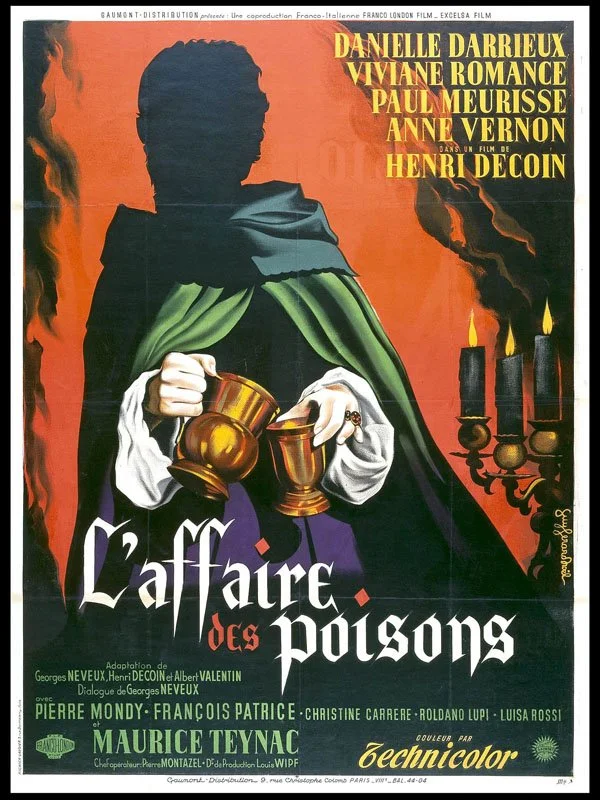Summer 2023 is already in full swing and the streets of Paris are busy. With a few things in mind, you can navigate Paris and your itinerary like a pro.
I love a museum and special exhibits even more and there are some great ones all over Paris from the smallest to the most significant museums. I must first mention the Musée du Louvre and the current exhibit bringing together the largest collection of the Italian Renaissance. Spread throughout the Grande Galerie, the Museo di Capodimonte collection speaks directly alongside the collection gathered by the Kings of France.
The Grande Galerie dates back to the end of the 16th century and was built by Henri IV as a playground for his son Louis XIII and to connect the Palais du Louvre to the Palais des Tuileries. In 1793, the Grande Galerie served as the original location and room for the Musée du Louvre and today holds the Italian masters including Leonardo da Vinci.
The exhibit extends from the Grande Galerie into two floors of the Pavillon de l’Horloge in the center of the Sully wing. Don’t miss these rooms, the drawings of Raphael and Michel-Ange are amazing to see in person.
Other great exhibits running through the summer include:
Basquiat/Warhol at the Fondation Louis Vuitton until August 28
The two collaborated on nearly 200 paintings, see many of them up close in the museum that is also a work of art.
Sarah Bernhardt at the Petit Palais until August 27
(before you go listen to the episode we did all about the
great stage actress)
Manet/Degas at the Musée d’Orsay until July 23
This is an amazing exhibit, be sure to also secure your time slot online for the exhibit when you book your ticket.
Léon Monet at the Musée du Luxembourg until July 16
The mostly unknown brother of the Impressionist master Claude Monet had a vast collection of paintings as well as also inspired by color in another way.
Picasso Celebration at the Musée Picasso Paris until August 27
Celebrating the 50th anniversary of the artist’s death in April, museums around the world are showcasing exhibits dedicated to his vast collection of works. In partnership with designer Paul Smith, the Picasso Museum is transformed into a conversation between the walls and the paintings.
Des Cheveux et des Poils at the Musée des Arts Decoratifes until September 17.
It may sound odd that it is an exhibit dedicated to hair but don’t skip this one. The exhibition is a walk through the history of hair and how different styles were influenced by events and even showed how important you were. It’s very well done with many portraits, objects, and even a bit of Magnum PI.
There is always an endless list of things to do in Paris and the summer has a few great things that take advantage of the great weather.
The Paris Plage opens on July 8 and runs until August 27 on the banks of the Seine just below the Hotel de Ville. They may not bring the sand in anymore but they do have lawn chairs and palm trees.
In the Tuileries any day now we will begin to see the building of the Fete des Tuileires from June 25 to August 28. A great place to take kids and maybe avoid if not, but don’t skip out on the Ferris Wheel for an amazing view of Paris.
14 Juillet is less than a month away and I can’t wait for my first one in Paris. The night before is really what you want to see. On the 13 of July each year, the firehouses open the doors for huge parties with the Pompiers. Live music, drinks, and the Pompiers, what is there not to love? In the weeks leading up to it, you will find the Pompiers in the streets selling tickets for just a euro or two.
On the hot days in Paris, it is hard to find air conditioning. Many French people believe that is how you get sick. The same goes for ice but on a hot day, you will still find them filling a few key spots. If you are visiting on a hot day pop into a chocolate store or the frozen food chain Picard that is as cold as an igloo. The Pantheon, the Basilique Saint-Denis, and many churches are other good spot to find some relief from the heat.
Don’t forget to stay hydrated. The lovely Wallace fountains have been providing water to Parisians for more than 150 years now and are safe to drink and delicious. Simply slide your water bottle in between the caryatids and fill er up.







